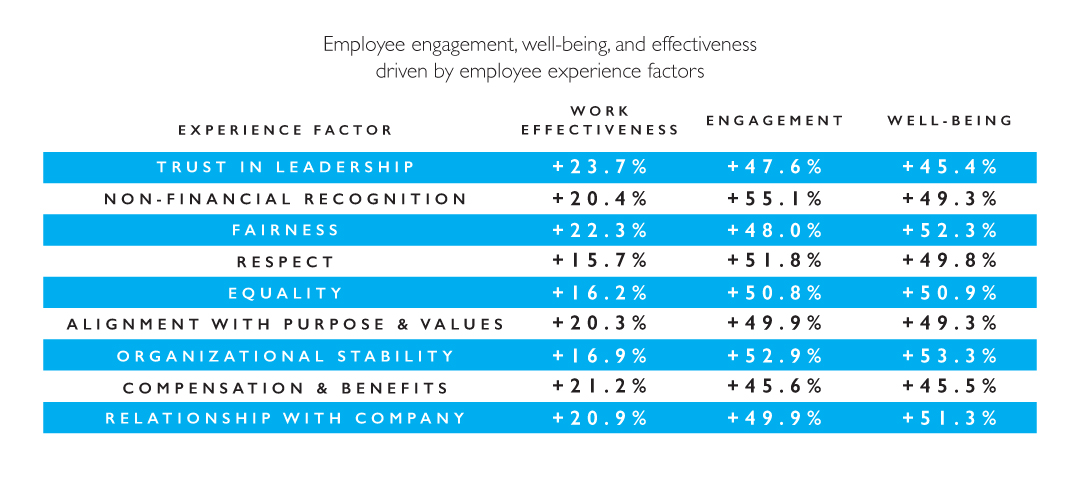Guest Author
Finding Calm In The Chaos

Kyle Schlegel
Weber-Stephens Products
March 3, 2021
The year 2020 will not be soon forgotten. It has challenged us to our core in every walk of life—personal, professional, and political. 2020 became the crossroads that Robert Frost and so many others talked about. We, as leaders, are faced with very tough questions. Will we act first for ourselves or others, will we rise to the challenge or shrink from it? Just as importantly, will we focus on the chaos or the calm?
In surveying the current landscape, it seems there are those that are treating everything as business as usual, actively avoiding the challenges, paralyzed by the ever-changing circumstances. Then there are others who are embracing these changes and finding new ways forward. Put simply, there are those that are victims
This summer has been a personal journey in discovering this demarcation for myself. After five years leading Global Marketing for the Wilson Racquet Sports business, my role was affected by the pandemic and I found myself looking for my next opportunity. In the days following my Wilson departure, I was reminded of Tim Tebow’s quote, “Our energy needs to be on the things we CAN control. Attitude, effort, and focus—these are the things we can control.” These words challenged me to see how I could adapt to this unexpected outcome. After getting back up and dusting myself off, I cut through the noise of the world and focused on my family, my health
After twenty years of working with no breaks between roles, it was crucial to “get back to the basics.” I decided to maximize the summer months to reflect on where I had been, what I enjoyed, and what type of culture I wanted to belong to and cultivate. In essence, I took stock of what I could control: Attitude, effort

Workforce effectiveness and well-being
“For decades, need-based theories of motivation have emphasized the importance of need fulfillment on employee motivation and behavior. Applied to employee experience management, organizations should seek to address the most critical, prominent needs of the broader workforce while taking stock of
McKinsey & Company, COVID-19 and the Employee Experience: How Leaders Can Seize the Moment- June 2020
Attitude:
Our attitude defines how we present ourselves to the world and impacts how we embrace and lead others. While we may not have control over the world or how others may view us, we do possess the agency in determining the attitude and perspective we bring to our experiences. Will we choose to find the positive or dwell on the negative? Over the course of my 20-year career, I’ve found that leaders who show an unwavering belief in their team and their mission, regardless of the odds, are the ones who ultimately find success. It is only human to feel overwhelmed at times, but you must find your fighting spirit so that you can inspire the teammates around you. Start with the pursuit of passions. Take the time to understand what your team (and your family members) truly care about and reflect on how you can help support them. Then follow through by integrating their passions into workplans, career paths, and simply by creating time for these pursuits. This will create a culture at work and at home that will help everyone thrive.
Effort:
Where we place our effort reflects what we value. The pandemic has inevitably forced each of us to reflect on where we were expending our energy and how we can ensure it’s being put to good use going forward. For example, commuting an hour each way to work has given way to extra time for sleeping, exercising, or being with family. Personally, I have realized that without adequate time with my family and a focus on my own health, I cannot be my best for others. While many of us have changed our behaviors and adopted new hobbies these past few months, it is important to ensure we protect our time and energy for what we value. It might be as simple as picking up a book more often or dinner time as a family.
Focus:
Focus is the ability to find calm in the chaos. These days, it appears as if we are all trying to play 5-dimensional chess and that we may be driving ourselves crazy trying to control everything. While we think this is what we have to do to make it through the day, we must recognize we are not doing our teams or our businesses any good with this frenzied approach. To adapt, we must become incredibly disciplined on focusing on what we can control: the basics of our brands and consumer experience.
Please don’t confuse “basic” for “uninteresting.” When some hear “the basics,” they mistakenly connect the term with being simple or lacking innovation or breakthrough. In fact, some of the simplest things are the most elegant, the most lasting and the most inspiring. As John Wooden once said, “Champions are brilliant at the basics.” This is true in sports and true in business as well. Frankly, it is true in all walks of life. When it comes to championing the basics, the questions below can help you get started on working through any business challenge, big or small.
“What camp are you in? Are you embracing these times as a challenge to reset and focus on what matters most? Or are you in a frenzy and using your finite energy trying to control the uncontrollable?”
The Basics:
- First, do you know who you are as a brand or a business? Do you know what you do, how you do it, and, most importantly, why? What makes you unique and different? While these questions are asked in the context of brands, let’s face it, we can and should apply these questions to our own lives, too.
- Next, take this rigorous approach to your consumers. Do you really know who they are? Are you addressing their needs and speaking their language? More specifically, what are the barriers that prevent consumers from becoming aware of your brand and how can you bridge this divide? Thinking of each barrier as an opportunity to inform and inspire your consumer while also unlocking new ideas for your brand.
- Finally, what are the frameworks or constants we have in place to help us make smart decisions? The consumer journey is one of these constants that I always go back
to: 1) Awareness, 2) Consideration, 3) Purchaseand 4) Advocacy. Planning our activities around this journey helps address any challenge. This is true whether the consumer is looking for a house or a can of tennis balls. The steps, informationand speed of the journey may change, but the steps are universal.
In conclusion, if we understand our consumer and our brand (as well as ourselves), we can overcome challenges with proven techniques even as our context and reality
